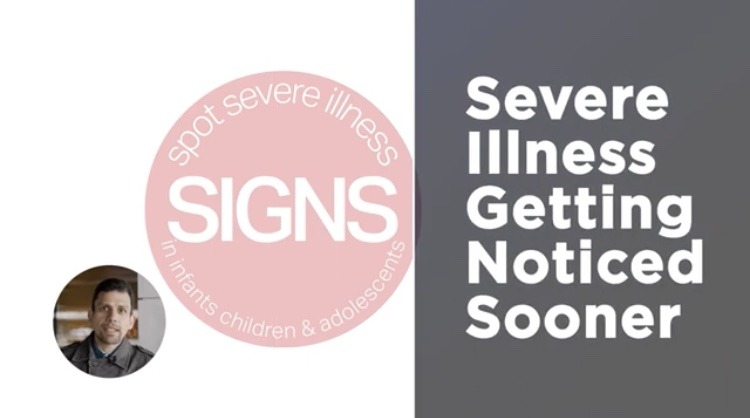
When should you be concerned about group A strep?
Dr. Jeff Pernica, pediatrician and infectious disease specialist, shares information for parents in this health tip.
What’s the difference between regular strep and invasive strep?
Group A strep is a very common bacteria and it commonly causes mild infections such as strep throat.
Invasive group A strep is a more problematic kind of infection where you really do require antibiotic therapy and sometimes other types of supportive care, often delivered in a hospital environment.
Why are people concerned about invasive group A strep?
Over the past number of months we have observed more cases of invasive group A strep in Hamilton, and generally in Canada, than we normally would have expected, compared to pre-pandemic years.
The precise reasons for this have not been definitively identified, however, I think the most likely explanation is that we are just seeing so many more cases of group A strep infections in general, and so because of that, we are seeing more cases of severe disease.
When does my child need medical attention for group A strep?
Parents should bring their children to the emergency department if they are having difficulty breathing, if they are not able to keep liquids down, or if they appear to be behaving in an unusual way or not responding the way that they typically do.
Parents should bring their children to their primary care clinician, family doctor, or nurse practitioner if they do have a fever and sore throat that lasts more than a couple of days. This is still appropriate to do, even now when we are seeing more cases of invasive group A strep.




